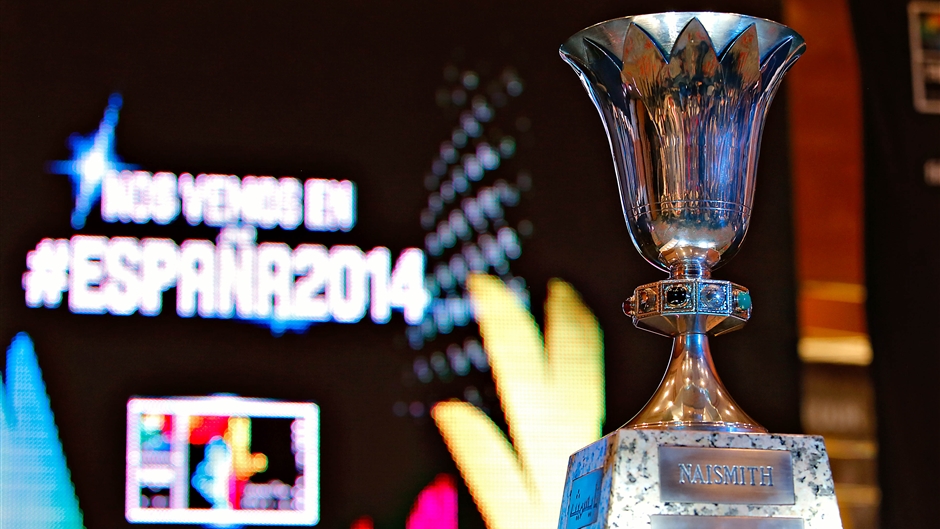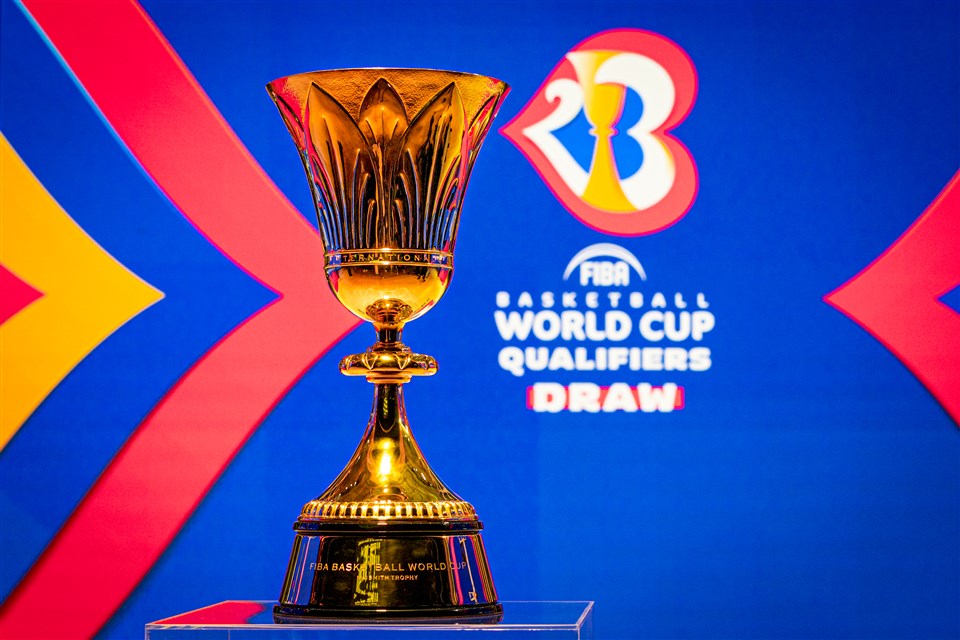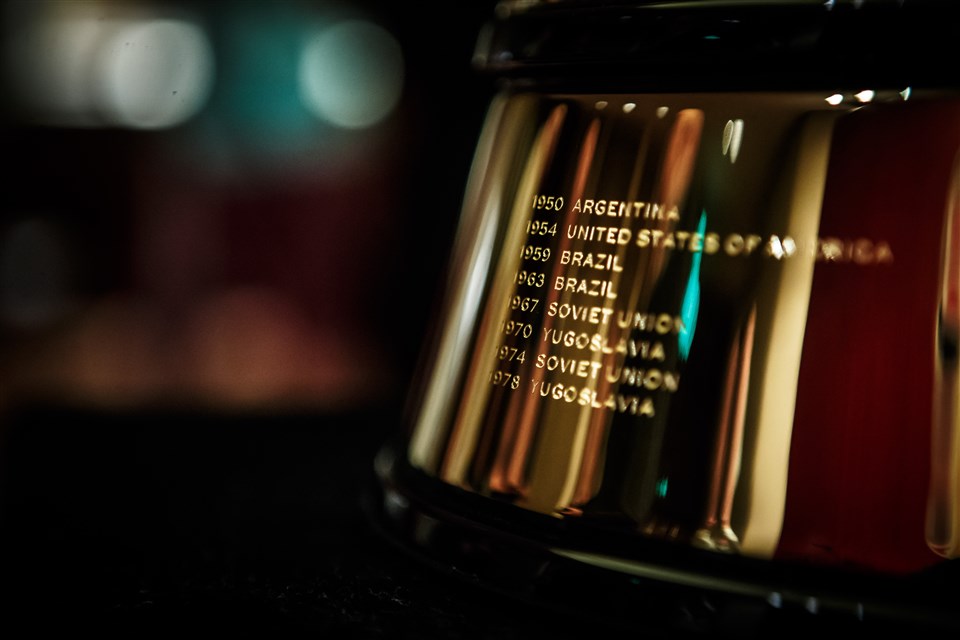32 nations will be competing for the FIBA World Cup Trophy in 2023 — but what exactly makes this sports trophy so special?
Out of the 59 countries that have made at least one FIBA World Cup appearance from 1950 to 2019, only very few nations have actually lifted the FIBA World Cup Trophy. It is not an easy one to win, and the challenge has only gotten harder as the sport has become more global than it has ever been, with more countries showing their competitiveness on the world stage.
Because the first World Cup trophy was introduced in 1967 — 17 years after the inaugural edition of the tournament — only four out of the six championship-winning countries have actually celebrated with this prestigious piece of metal.
Apart from representing the success of a country, let’s take a look at three other details that make the FIBA World Cup Trophy special.
It was named after the inventor of basketball
The FIBA World Cup Trophy is actually known as the Naismith Trophy — named after and in honor of the inventor of basketball, James Naismith. It only seems fitting that the winners of the basketball World Cup receive the honor in the name of the sport’s creator.
Although the first-ever trophy was presented in 1967, FIBA had planned for the trophy to honor Naismith since the inaugural FIBA World Cup (back then known as the Basketball World Championship) in 1950. The original trophy was used to award all the champions from 1967 to 1994 FIBA World Cups until it was replaced with a new, remodeled trophy in 1998, which was used up until 2014.

The newest trophy is the first to be made almost entirely of gold
The Naismith Trophy that was used from 1998 to 2014 was primarily made out of sterling silver on the upper and lower parts and was gold plated on the inside, with a 14-carat yellow gold middle part. In addition, the previous remodel of the trophy also featured different precious stones — black onyx, yellow citrine, green chrysoprase, red garnet, and blue topaz — each one symbolizing the five continents represented in the World Cup.
The trophy also had James Naismith’s name engraved on all four sides in Latin, Arabic, Chinese, and Egyptian hieroglyphics. It was a beautiful and symbolic way to honor the international tournament. But, the latest version of the FIBA World Cup Trophy, which debuted in 2019, was a brand new take on the prestigious prize.
A new design of the FIBA World Cup trophy debuted in the 2019 World Cup. And, for the first time in the tournament’s history, it was made almost entirely out of gold. Designed by Radiant Studios Ltd. and crafted by silversmith Thomas Lyte, the newest Naismith trophy was handcrafted from just a single sheet of hallmarked sterling silver and was gold plated and polished to a fine finish, with its design inspired by the Egyptian lotus flower.
The 2019 edition of the trophy is also 13 inches taller than the original Naismith, standing at 60 centimeters, and according to FIBA, it is one of the tallest sports trophies.

All the previous winners are immortalized in gold
What makes the newest Naismith Trophy special is truly in the details.
The trophy features a golden hoop in the middle portion, where, ‘Federation Internationale de Basketball Amateur,’ has been engraved to honor FIBA and as a symbol of the tournament’s tradition and prestige. But what most teams competing in the World Cup will be hoping for is to be included in the honor roll engraved at the base of the trophy.
At the base of the trophy, apart from the words, ‘Basketball World Cup,’ and ‘Naismith Trophy,‘ all of the previous World Cup champions have been engraved to commemorate each one’s achievement in the tournament’s history. With this, the trophy is literally an encapsulation of the tournament’s illustrious history, all the winners who have come before, and all the winners who are still yet to come.

Which team do you think will be added to that list after the 2023 FIBA World Cup?
Banner image from Olympics.
Related Stories:
11 Facts About the FIBA World Cup You Probably Didn’t Know
The Philippines at the FIBA World Cup: Recalling Every Qualification
Hoop History: Recalling The 1978 FIBA World Cup in Manila
